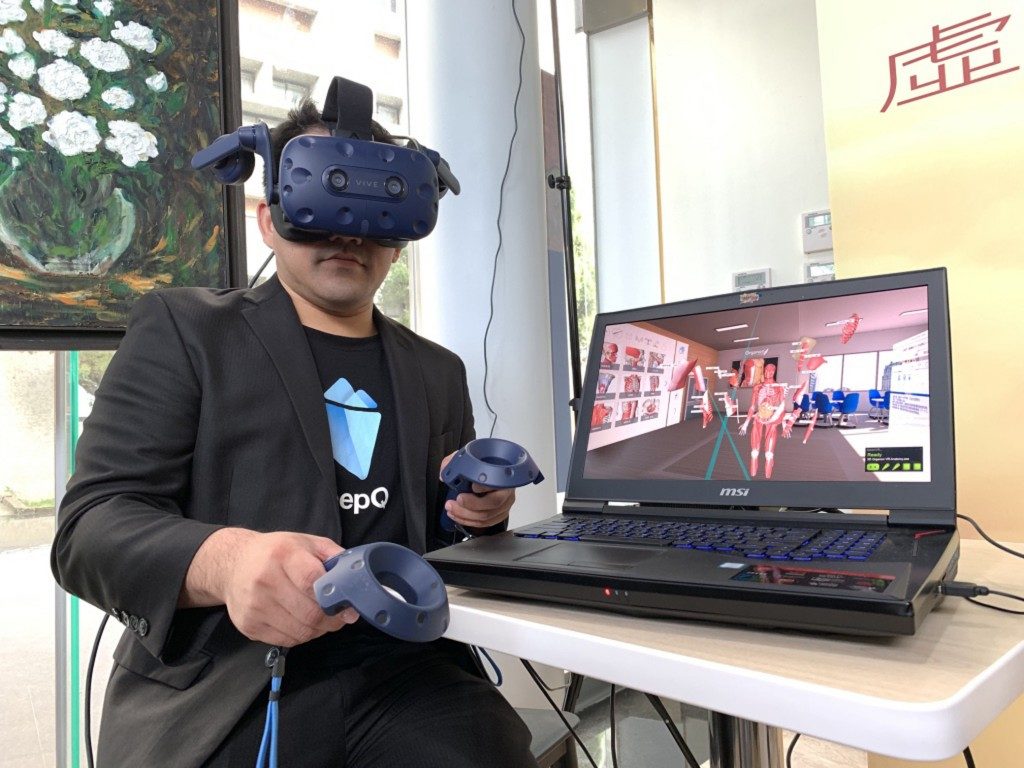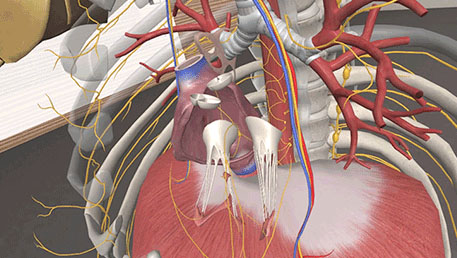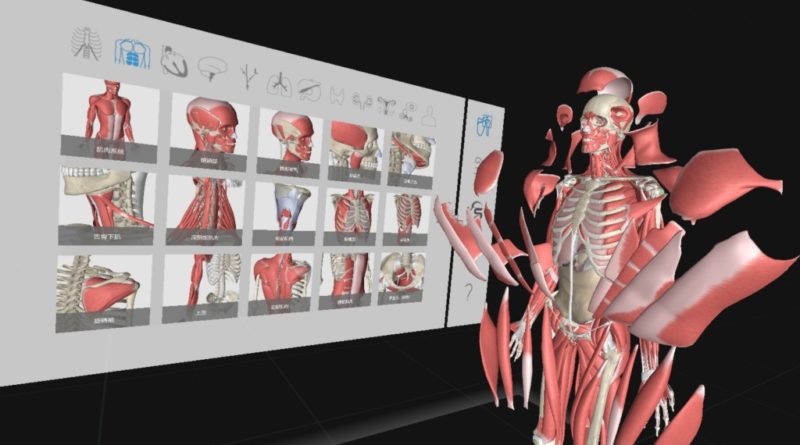Taipei University Opens World’s Largest VR Anatomy Lab
Students at Taipei Medical University will be able to see and examine the inside of the body in 3D. The University recently opened the world’s largest Virtual Reality anatomy lab.
The lab uses 3D Organon VR anatomy software which contains about 4,000 different anatomical structures including skeletons, muscles, tissues, blood vessels, nerves, and organs. The models aren’t just static as the virtual body is completely dynamic. Students will witness things like a heart contracting, veins that pump blood, and animations of joints and bones. With stereoscopic visualization of 3D models, it helps students better understand the relationships between anatomical structures.

Students ‘Walk Around’ Body in VR Anatomy Lab
Using the VIVE Pro Headset, students have a 360-degree view and can “walk” around the body, observing parts at every possible angle. In addition to independent learning, a class can connect to the virtual reality space at the same time.
Zhang Zhiwei, general manager of HTC Health and Medical Division, said: “VR technology has realized the stereoscopic visualization of medical anatomy, bringing a new teaching method that will completely change education and accelerate learning. We are very happy to see medical VR in medical education. In clinical applications, the future will actually help more students, teachers, clinical staff and patients.”

University Plans to Expand Use of Virtual Reality
So far the students and teachers are enjoying the immersive learning experience. The University isn’t stopping with the anatomy lab, as they plan a VR specific curriculum in the medical school. They also are looking to expand the immersive technology into other areas of study.
“The new technology goes past traditional approaches to learning, and will greatly improve students’ interest and ability to learn,” said Chang Hung-ming, head of TMU’s Department of Anatomy and Cell Biology.
Check out our articles on how virtual reality is reshaping data and AI that can identify you by body shape.

